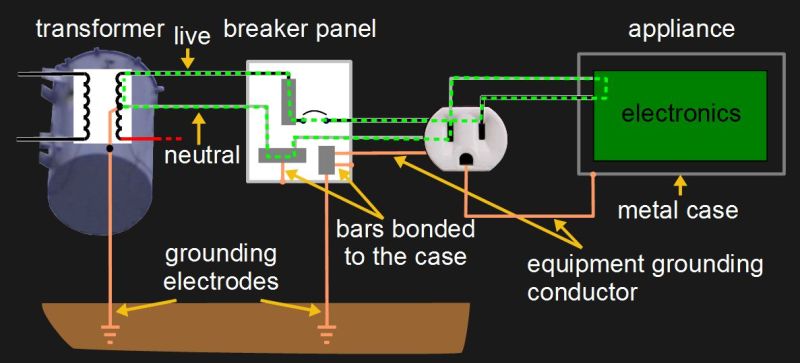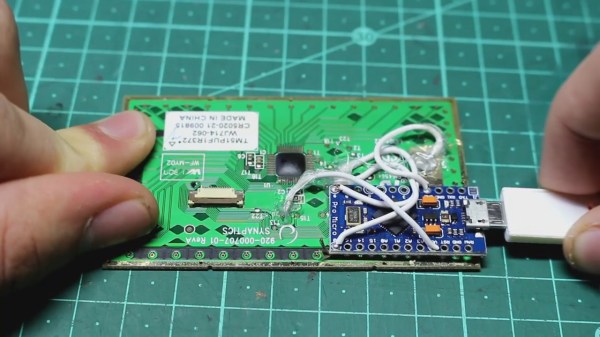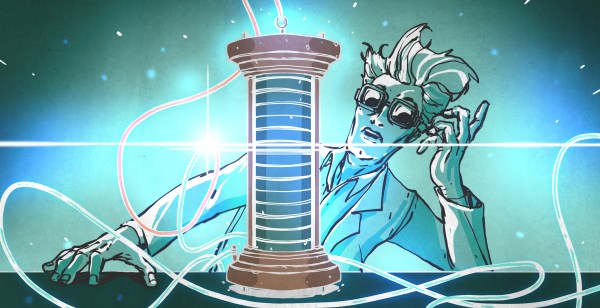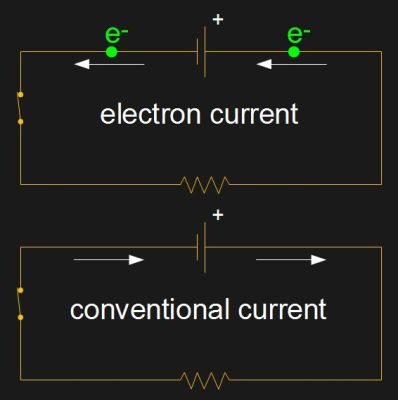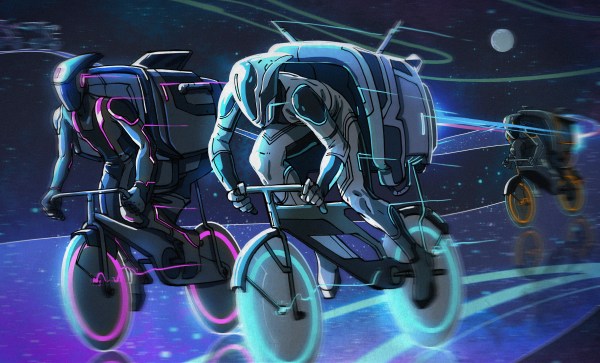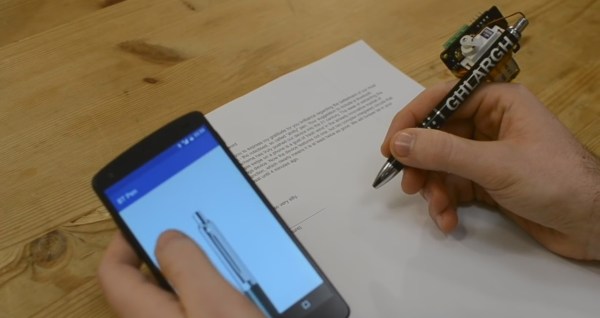Types of strollers called ‘running strollers’ exist to make it possible to bring your toddlers along for your run but try it with two four-year old, 38 lb young ones, against the wind, and up enough hills and you’ll quickly lose steam. [Andrew Clink]’s and his wife’s solution? Modify the stroller to be a self-powered roadrunner.
[Andrew]’s hackaday.io build logs are detailed, including design, calculations, schematics, 3D printing files, fails and retries, and more. Power is provided by a bank of lithium-ion batteries that drive a brushless motor. The motor turns the stroller’s front wheel using a toothed belt around a small motor pulley and a larger 3D printed wheel pulley, providing a 13.92:1 gear ratio. [Andrew] considered a number of methods for steering, and even tried a few, but given that his paths are mostly straight lines, small adjustments by hand are all that’s needed. For the possibility of the stroller getting away from him for whatever reason, [Andrew] wrote an iOS app for his phone that makes use of the Bluetooth LE Proximity profile (PDF). It communicates with a small remote using an nRF8001 Bluetooth connectivity IC and for added safety has a belt clip and a stop button.
Does it work? See for yourself in the video below. We’re sure [Andrew] and his wife will continue to be fit for a long time to come.
Continue reading “Hackaday Prize Entry: Powered Running Stroller Keeps You Running”



